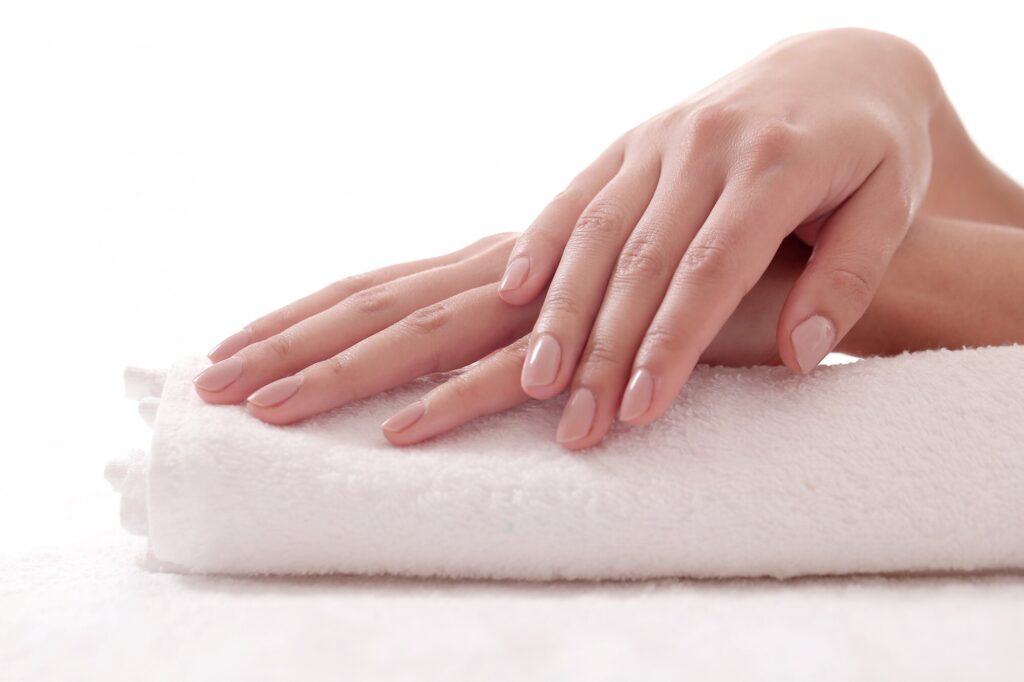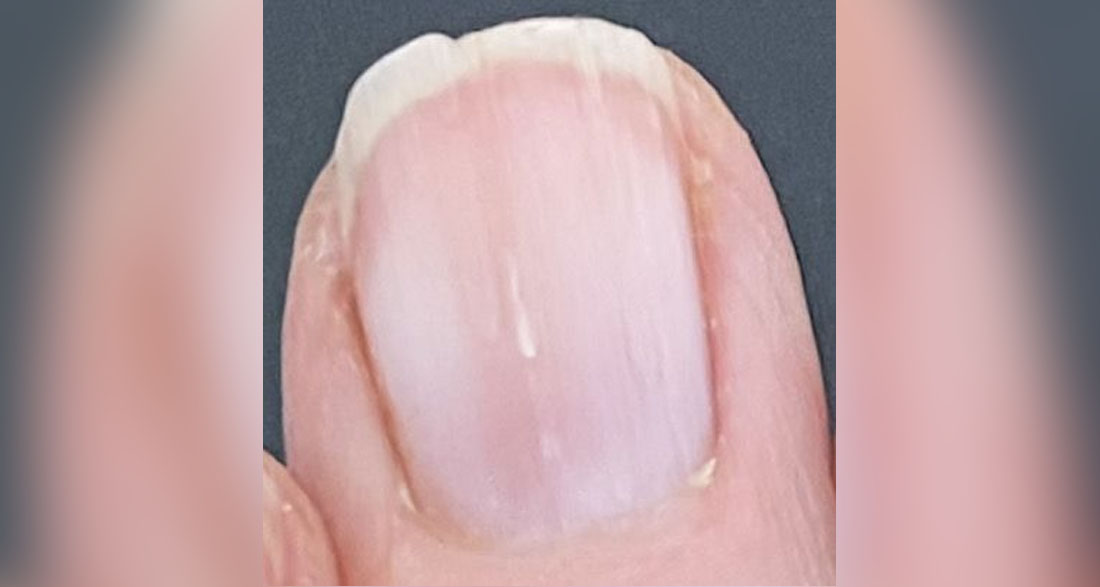Did you know your nails can reveal secrets about your health? While a manicure can cover up bumps or ridges, shiny polish won’t hide the signs of sickness that might be lurking in your body. That’s right—your nails are like little mirrors reflecting your overall health. Changes in their appearance could signal problems with your heart, liver, or lungs.
“Nails often provide a window into your internal health,” experts say. Whether it’s aging, a nutrient deficiency, or something more serious, paying attention to your nails can help you catch potential issues early.
Let’s dive into what your nail stripes and ridges might be trying to tell you—and when it’s time to see a doctor.
Nail Stripe Types and Their Meaning
Vertical Stripes
Vertical stripes, also called longitudinal ridges, are the most common. They run from the cuticle to the tip of your nail and are often harmless. As we age, these ridges can become more noticeable. Think of them as the wrinkles of your nails—normal and no big deal.
However, sometimes vertical ridges can signal a lack of nutrients, like iron, magnesium, or vitamin B12. Dr. Sara Norris, a naturopathic doctor from Los Angeles, explains:
“Most nail problems I see—like ridges, peeling, or weak nails—are caused by poor diets rather than serious diseases.”
If your vertical ridges suddenly appear or become more pronounced, it might be worth checking for conditions like anemia or thyroid problems. A balanced diet rich in protein, vitamins, and minerals can work wonders for nail health.
Horizontal Stripes

Horizontal stripes or grooves, also known as Beau’s lines, are another story. These can signal more serious health issues. They often appear after physical trauma to the nail, but they can also be linked to illnesses like diabetes, heart attacks, or severe respiratory issues.
When the body faces extreme stress, like during an illness, it might temporarily stop nail growth. This results in horizontal ridges, which act like a timeline of your health struggles.
“If you see Beau’s lines on all 20 nails,” experts warn, “it could point to systemic diseases like pneumonia, mumps, or even coronary thrombosis.”
These lines are not something to ignore, especially if they appear suddenly or deepen over time. If you spot them, it’s best to consult a doctor.
White Stripes
Have you noticed pale, white horizontal stripes across your nails? These are known as Muehrcke’s lines, and they could hint at problems with your liver, kidneys, or protein levels. Unlike Beau’s lines, these stripes don’t indent the nail’s surface.
Dr. Sara Norris explains, “White stripes are often linked to low protein levels in the blood, which might result from malnutrition or chronic liver disease.”
To test for Muehrcke’s lines, press on the nail—if the lines disappear briefly, they might indicate an issue with your blood protein levels. If these lines show up on multiple nails, don’t brush it off. See a doctor for a thorough checkup.
What Your Nails Say About Your Diet
Your diet plays a huge role in nail health. Weak, blistered, or peeling nails are often signs of poor nutrition rather than serious illness. Dr. Norris emphasizes:
“Nail health is a direct reflection of your eating habits. A well-balanced diet rich in vitamins, zinc, iron, and biotin can make a big difference.”
If you want stronger, healthier nails, focus on eating protein-rich foods like eggs, nuts, and leafy greens. Hydration also helps! Over time, better nutrition can lead to smoother, shinier nails.
The Takeaway
Your nails are more than just a cosmetic feature—they’re trying to communicate with you. While most nail changes are harmless signs of aging or minor deficiencies, some could signal bigger health concerns. Pay attention to what your nails are saying!
If you notice sudden, unusual changes like deep grooves, white lines, or strange discoloration, don’t ignore them. Your nails might be giving you the early warning signs of something more serious.
What do you think about this information? Have you ever spotted unusual changes in your nails? Share your thoughts and experiences in the comments below—we’d love to hear from you!






